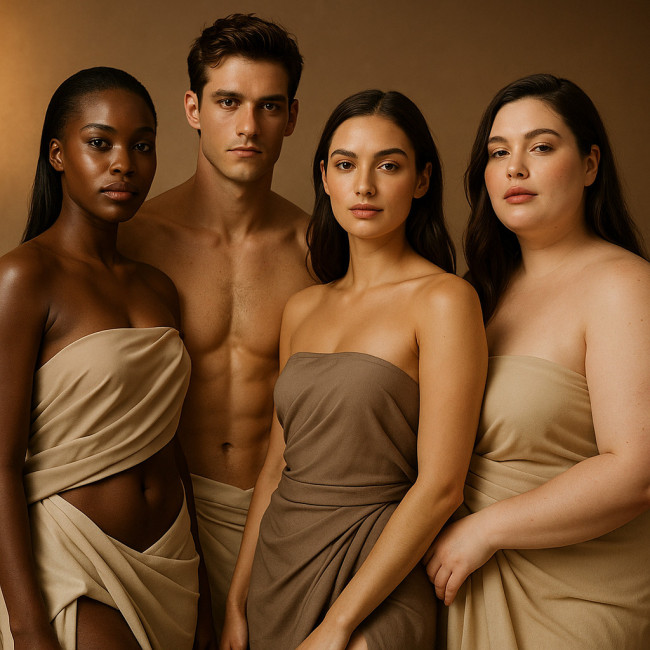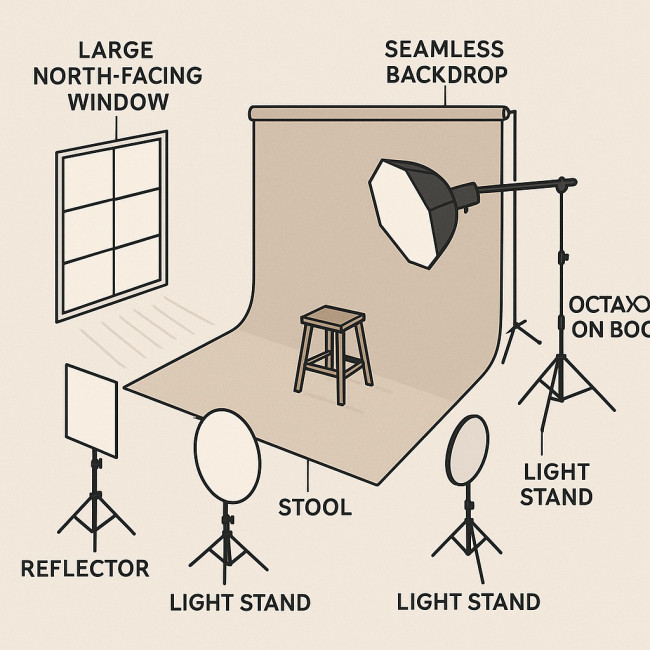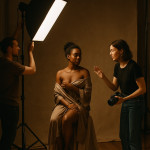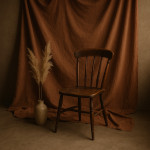Client briefing templates for brands commissioning tasteful nude campaigns
Commissioning tasteful nude campaigns can elevate a brand narrative when the briefing is precise, inclusive and legally watertight. Follow this guide to download a reusable template, understand budget benchmarks and secure flawless execution from mood-board to media rollout.
Why a crystal-clear brief matters
A detailed briefing document saves an average of 15 % on shoot overruns, reduces revision requests and protects every stakeholder—brand, agency, photographer and talent. Without it, sensitive subjects such as tasteful nude campaigns risk delays, legal disputes and off-brand imagery.
The 7-point template you can copy today
| Section | Key questions to answer |
|---|---|
| 1. Campaign purpose & message | What specific emotion or story should each frame evoke? |
| 2. Brand & audience guidelines | List colour palette, tone of voice, inclusivity commitments. |
| 3. Visual references | Link three exemplars; credit artists; clarify what to avoid. |
| 4. Talent requirements | Body diversity parameters, comfort zones, wardrobe/prop notes. |
| 5. Technical specs | Orientation, resolution, format, retouching limits. |
| 6. Usage & licensing | Media channels, territories, duration, exclusivity. |
| 7. Timeline & deliverables | Key milestones from pre-production to final asset handoff. |
1. Campaign purpose & key message
Set one sentence that everyone can recite on shoot day. Example: “Celebrate natural skin textures to position our body-care line as honest and empowering.” This aligns crew decisions from lighting to retouching.
2. Brand & audience guidelines
Attach your existing brand book. Highlight inclusivity pledges and any cultural sensitivities. Quick win: reference your company's diversity stats to prove internal alignment.
3. Visual references
Embed low-resolution thumbnails in the brief and hyperlink to high-resolution boards. When sourcing inspiration, browse artistic nude portfolios curated on Artfolio—their search filters help match style, lighting and composition.
4. Talent requirements
State upfront whether professional models, real customers or influencers are preferred. Add inclusive sizing notes and a comfort-level scale (1 = implied, 5 = full artistic nude) to guide casting directors.
5. Technical specs
Specify sensor crop ratio, output resolution (4 K or 8 K), colour profile (Adobe RGB or sRGB) and maximum retouching: e.g. “Skin texture must remain visible; no waist slimming.”
6. Usage & licensing
Break down channels—paid social, OOH billboards, in-store lightboxes. Clarify territories and renewals to prevent last-minute legal panic.
7. Timeline & deliverables
List milestone dates: pre-production call, location scout, shoot, selects, colour grade, final exports. Include contingency days for weather or talent illness.
Budget benchmarks you can reference
Brands often struggle to split costs fairly across sensitive projects. Below is an average breakdown observed in five European campaigns last year:
Source : Internal audit of five European beauty brands (2024)
- Contingency 5 % —ring-fence for reshoots or extra usage rights.
- Usage licensing 10 %—often overlooked; negotiate early.
Workflow timeline: 30-day sprint
- Day 0–3 : Brief approval & mood-board lock.
- Day 4–10 : Casting & location scouting.
- Day 11–12 : Shoot window.
- Day 13–18 : Selects, client feedback round 1.
- Day 19–24 : Colour grading, minor retouch.
- Day 25–28 : Final approval & file delivery.
- Day 29–30 : Usage license countersigned.
Legal & consent essentials
Attach pre-populated model release forms at the briefing stage. For deeper clauses—privacy, revocation windows, digital alterations—review our guide on model releases for nude imagery.
Tone and inclusion: directing body-positive imagery

Body-positive art direction flourishes when production teams internalize the simple truth that every silhouette and skin texture deserves the same cinematic respect traditionally reserved for fashion editorials. Expand the brief with adjectives that celebrate softness, scars, freckles and folds; specify that no liquify, shape reduction or pore-blurring techniques be applied in post. By articulating these guardrails early, you prevent subconscious bias from creeping into lens choice, posing cues or edit round feedback, and you help on-set talent feel psychologically safe to deliver authentic, emotionally resonant performances.
Body language notes in the brief can avert clichés. Refer to inclusive posing guidance to craft direction cues that empower talent and resonate with diverse audiences.
Lighting & set design pointers

Lighting is the invisible narrator of any visual story, and its tone becomes exponentially more critical when unclothed skin dominates the frame. Your brief should spell out how ambient sunlight, flagging and diffusion will be balanced to maintain contour without harsh specular hotspots; the goal is to reveal genuine skin detail yet preserve a flattering, editorial mood. Note preferred color temperature, advise against green spill from inexpensive LEDs, and remind the gaffer that reflective surfaces in set design must be positioned to protect privacy. These specifics empower the DP and set dresser to harmonize craft decisions long before the first shutter click.
Natural light hugging curves or a single softbox often complements skin tones. For technical diagrams, see lighting setups that flatter all skin tones.
Ethics check: protect brand and talent reputations
Include a one-page ethics addendum covering respectful language on set, closed monitors and secure file transfer. Cross-reference our ethical guidelines for artistic nude shoots for a ready-made checklist.
Embedding reference images responsibly
Use watermarked thumbnails and note copyrights. Always credit photographers and confirm that inspiration isn't mistaken for final direction.
FAQ
- What is the ideal brief length?
- Six to eight pages keep information actionable without overwhelming the creative team.
- How early should model releases be incorporated?
- Share draft releases during casting so talent can review clauses before confirming availability.
- Can tasteful nude images be used in paid ads?
- Yes, but platform policies vary. Facebook restricts visible nipples; print media may require placement away from minors' sections.
- Who owns RAW files after delivery?
- Unless specified, the photographer retains RAW ownership. License only the edited selects needed for the campaign.
- How many edit rounds are standard?
- Two rounds are usual. Extra rounds should incur an agreed hourly fee to avoid scope creep.
Interactive knowledge check
Ready to brief?
Download the template, adjust the seven sections and schedule your kick-off call today. A meticulous brief transforms tasteful nude campaigns from risk to reward in one document.











